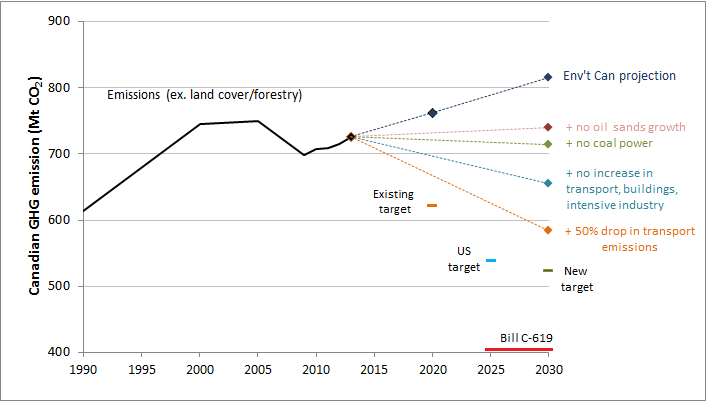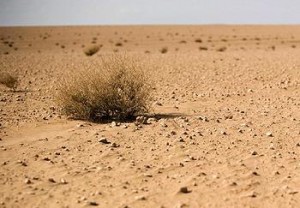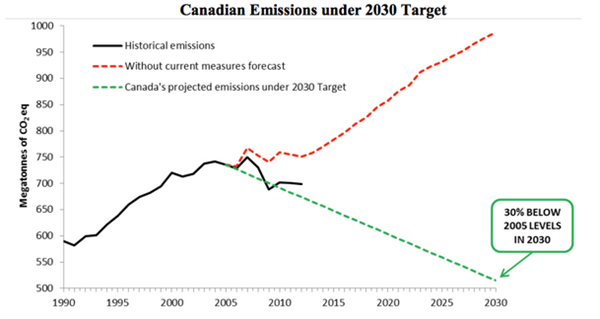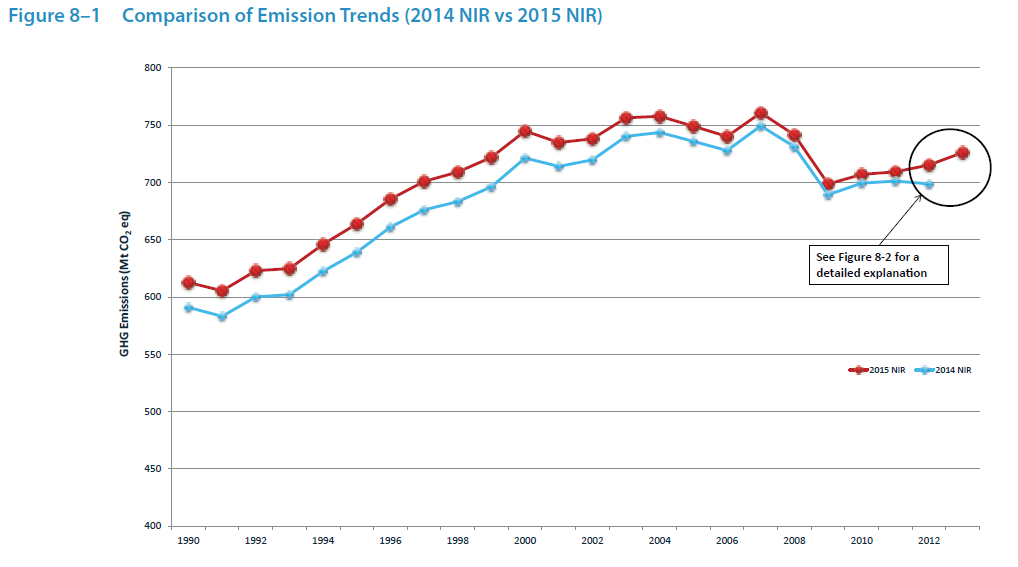The U.N. climate conference in Paris is the most anticipated meeting of the parties to the U.N. Framework Convention on Climate Change (UNFCCC) since the convention’s inception over 20 years ago. Following on agreements at past summits, the Paris meeting is supposed to generate the comprehensive long-term global agreement for addressing climate change.
The good news is that the negotiators are not starting from scratch. In meetings over the past year, the parties to the UNFCCC have already worked out a 54-page official draft of the Paris deal. Those pre-meetings are often less actual negotiations between countries about text of the agreement than lobbying by countries or groups of countries for inclusion of text in the agreement. The optional passages and square bracketed text in the draft therefore provides a good guide to the most contentious issues.
Based on the draft text, and my work on these issues, here are seven of the most contentious issues that need to be resolved in Paris:
1. What form will the agreement take?
A central question is whether whatever deal emerges from Paris will have teeth. The desired words most often used in the media and by activists is a “legally binding” treaty. Such wording is contentious but also very vague. “Legally binding” can mean a lot of different things and, as this terrific dissection of the legalese posted at Carbon Brief concludes, may be largely irrelevant given how easy such rules can be to evade.
In the end, some aspects of the deal like the reporting structure may be what people consider “legally binding.” But don’t expect legally enforceable penalties for non-compliance with greenhouse gas targets – no major emitting countries are open to that, nor would they agree to pay even if a deal were in place.
Frankly, even more contentious than “legally binding” may be the use of the word “treaty”. The U.S. negotiators don’t even want the Paris deal to be called a “treaty,” because anything called a “treaty” needs to be ratified by the Republican-controlled and increasingly unhinged Congress. Be prepared for whatever emerges from Paris to be called anything – deal, agreement, understanding, accord, eye-wink, drum circle – except a “treaty.”
2. Mitigation targets
In advance of Paris, each country has submitted an action plan known as an Intended Nationally Determined Contribution (INDC). The system is a huge improvement on the past vacuous system of naming emissions targets without any explanation as to how it may be met.
However, the collected action in all the INDCs still falls well short of meeting the goal of limiting global warming to 2 °C above pre-industrial temperatures. A key unresolved question will be whether the final agreement includes stated global greenhouse gas emissions targets and whether there are any “enhanced” national contributions made to help meet those targets. Just to get a sense of the discord on this key subject, here is the first of three options under the conditional heading “Collective long-term goal” in the draft text:
Option 1: Parties aim [to achieve the global temperature goal], in accordance with the best available science [and the principles of the Convention], through [long-term global [low-[carbon][emission] transformation] [[climate][carbon] neutrality]], [and the peaking of their [net] emissions] [by 2030][by 20XX][as soon as possible], [with a [x]40–[y]70 per cent net emission reduction below the 2010 level by 2050][according to the global carbon budget distribution based on climate justice], and [overall reductions][[net] zero emissions] [over the course of the resent century][by 2050][by 2100]
A follow-on question is how progress will be measured and policed. One success at Paris may be mandating a standardized national system for reporting progress towards emissions targets. A minor victory would be simply forcing country submissions to (finally!) all use the same baseline year.
3. Temperature thresholds
Despite the tacit acceptance of 2 °C as the “safe” climate threshold in the western media, neither the world’s governments or the world’s scientists ever agreed on that threshold. The Small Island Developing States and Least Developed Country parties continue to argue fervently for a 1.5 °C target on the basis of the difference between projected long-term sea-level rise and the impacts on coral reefs at 1.5 °C and 2 °C warming. This is reflected in the still unresolved language in front-and-center Article 2 of the draft text:
The purpose of this Agreement is [to enhance the implementation of the Convention and] to achieve [its][the] objective [of the Convention] as stated in its Article 2. In order to strengthen and support the global response to the urgent threat of climate change, Parties [shall][agree to] to take urgent action and enhance [cooperation][support] so as to:
(a) Hold the increase in the global average temperature [below 2 °C][below 1.5 °C][well below 2 °C][below 2 °C or 1.5 °C] [below 1.5 °C or 2 °C][as far below 2 °C as possible] above pre-industrial levels by ensuring deep cuts in global greenhouse gas [net] emissions;
The likelihood of staying below an even more stringent temperature threshold aside….this issue is not going to disappear. Countries like Kiribati, Tuvalu, and the Maldives see this as a matter of life and death, not to mention a matter of respect. (There’s a PhD thesis out there for someone who wants to tackle the geopolitics of the ongoing argument over temperature thresholds).
4. Climate finance
The contention over finance is not to be underestimated. There may be as much or more discord over financing, especially for climate change mitigation and adaptation in the developing world, than over emissions targets.
The developed country parties have previously agreed to “mobilize” US$100 billion/year by the year 2020 to help the developing world respond to climate change. Yet many of the key details, which my colleagues Milind Kandlikar, Hisham Zerriffi, and I describe in a 2011 article in Science, remain unresolved. Here are just some of the outstanding questions:
- Is the $100 billion/year a ceiling, or a floor, such that financing is expected to increase beyond that level after 2020? [an unresolved accounting issue – is this in 2020 dollars?]
- What will count as finance? Depending on what counts, the world may be up to 70% of the way to the goal.
- How will the UNFCCC ensure that finance is “new” and “additional” to existing development aid?
- What fraction of funds will be funneled through the new U.N. Green Climate Fund, which disbursed its first grants this fall?
- What fraction of contributions may be private investment?
- Are middle-income countries like China expected to be “donors” in this system?
5. Loss and Damages
This is another seemingly intractable issue. At the 2013 meeting in Warsaw, the parties agreed to set up a legal mechanism for providing compensation for “loss and damage” due to climate change. No one really knows how this will work. The obstacles are many, from the reluctance of developing countries to assume legal responsibility for any damages, to the chances of developing countries agreeing to more financial transfers when existing aid goals have yet to be met, to the basic scientific challenge of calculating the fraction of damage (e.g., from a storm surge) that can be attributed to climate change, let alone to specific parties to the convention.
It is therefore not surprising that the two options under Loss and Damages (Article 5) in the draft text are a) a long set of legal text, and b) “No reference to loss and damage (no Article 5)”
6. Recognizing different responsibilities
Underlying the first five issues is the core ethical question of how to appropriately address the inequality of climate change. Some countries are historically more responsible for the greenhouse gas emissions, better equipped to adapt to climate change, and better able to reduce emissions without hurting economic growth or overall well-being. Language surrounding “common but differentiated responsibilities” and “respective capabilities” is contentious at every UNFCCC meeting; the phrases each appear 12 times in the draft text, always in square brackets or as options.
While the targets and mitigation plans may be more important than the language recognizing the basic inequalities of climate change, the decisions around such language could symbolize how committed the developed country parties are to their mitigation targets and the agreement as a whole.
7. How will the agreement enter into force?
International agreements do not officially come into effect the day the meeting ends. There are usually provisions which mandate that the agreement comes into effect only after it is ratified by some fraction of the governments of the countries involved. A game of legislative chicken ensues.
Delays can be deadly. The Kyoto Protocol is case in point. The parties agreed it would not come into effect until ratified by countries representing >55% of the industrialized world’s greenhouse gas emissions. That took eight years. By the time Kyoto came into force in 2005, Canada’s emissions had ballooned to 30% above the agreed-upon target.
The parties are far from agreement on this key issue. From the draft text:
This Agreement shall enter into force on the thirtieth day after the date on which at least [X] number of Parties to the Convention [and] [or] on which Parties to the Convention accounting for [x] per cent of total [net] global greenhouse gas emissions in [[date][1990][2000][2010][2012]] have deposited their instruments of ratification, acceptance, approval or accession [whichever occurs first, coming into effect not earlier than 1 January 2020][.][, with such Parties to the Convention accounting for X per cent of total [net] global greenhouse gas emissions [in [date] [1990][2000][2010][2012]] [but not earlier than 1 January 2020].] [placeholder for starting and ending date of the Agreement]
How this problem will overlap with the Obama Administration’s push to avoid ratification by Congress is unclear. One thing is certain: the choice of X in the above paragraph could end up being as important as anything else that happens in Paris!





